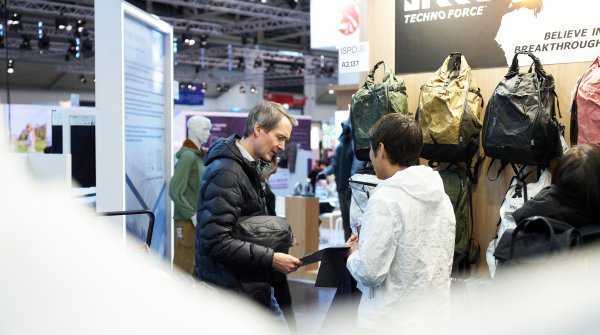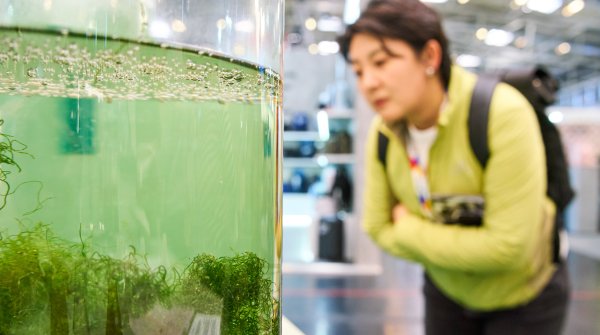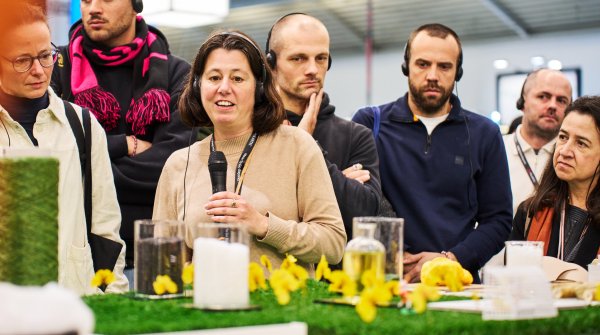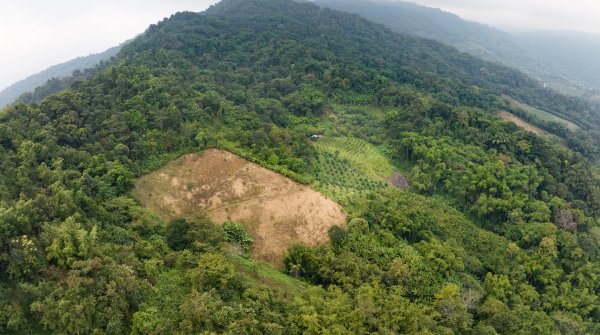Missing the 1.5 degree target by just half a degree Celsius will lead to 2 billion people being exposed to extreme heat in five to ten years' time. 50 percent of the world's population will suffer from a lack of drinking water, droughts and flood disasters. Everything will change - for the worse.
In order to avert these disasters and ultimately survive as a brand, global emissions must be reduced by 50 percent by 2030, and by as much as 90-100 percent by 2050. This will not work with the current political measures. The industry urgently needs to prioritize the 1.5 degree target over short-term policies in order to achieve Net Zero.
There was a lively exchange on this topic at OutDoor 2024. Studies were presented and the most successful measures and findings shared in the Sustainability Hub, in the Speakers Corner and on the Green Stage. Recycling, circularity, renewable energies throughout the supply chain, monitoring - the outdoor sector is a productive test laboratory for a climate-positive economy, partly because it is relatively small.
"The outdoor industry is the antithesis of fast fashion, fast food and fast social media: We convey values by motivating people to get outside. This creates a sustainable lifestyle, a sustainable society," summarizes Jan Lorch, CSO of VAUDE and member of the Outdoor Climate Innovation Initiative (OCII).
David Ekelund, who has also joined the OCII with his brand ICEBUG, is certain: "We can help to change people's lifestyles. We want to improve quality and health while saving resources at the same time."
It works: the Swedish shoe label has been climate-positive since 2019. How did they achieve this?
RENEWABLE ENERGIES
David Ekelund explains at OutDoor that his company has switched the energy supply in its production facilities to solar energy and has thus made the biggest leap towards net zero. In combination with compensation projects such as 1% for the Planet and collaborations with major players such as Microsoft, ICEBUG has become the first shoe brand to become climate-positive - without any financial losses.
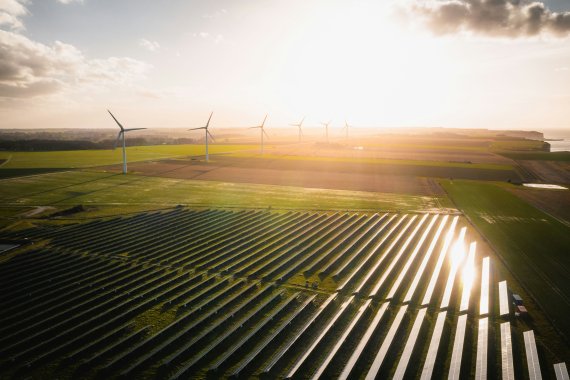
MONITORING
Another big keyword in the fight against emissions is LCAs - Life Cycle Assessments. Life Cycle Assessments. These life cycle analyses make the environmental impact of a product visible using data sets from the entire product life cycle.
Decarbonization does not start with collecting data, but with making decisions, says Ekelund. Nevertheless, the monitoring tool needs to be much more appreciated - just like good bookkeeping.
"80 percent of emissions are attributable to 20 percent of the data collected," says Maximilian Hagmann from Carbonfact, underpinning the argument. The company supports brands with comprehensive data analyses to measure the actual footprint of products and identify points in their life cycle where positive change can be made quickly.
CIRCULARITY
"We don't just have to reduce our CO2 emissions, we have to avoid them as much as possible," says Jan Lorch in the panel talk of the OutDoor Climate Innovation Initiative.
Circularity is the keyword and the goal is to minimize the footprint of the entire product life cycle. It's about materials that have a low impact because they are recyclable. It's about short supply chains, production that is powered by renewable energy, a long service life and good recyclability afterwards.
However, every new product has an impact and the word "climate neutral" quickly sets off the greenwashing alarm. It really isn't enough to assuage your guilty conscience by planting trees. Compensation must take place where emissions are caused. Or as Kai Landwehr from myclimate puts it: "Finally take responsibility for your emissions!"
DECARBONIZATION
Don't misunderstand: Offsetting is an important tool. But achieving net zero also requires technical innovations, such as the air filter systems from Climeworks. At OutDoor, the engineers explained how they are using their technology to turn emissions into stone at several locations around the world.
In Iceland, for example, the Climeworks ORCA plant has been filtering CO2 out of the air for three years - 360,000 tons in total. It is stored underground, in basalt rock, without any environmental risk. Cooperation partners such as Mammut thus achieve actual climate neutrality: not through traditional offsetting, but through the actual removal of emissions with the help of Climeworks air filter systems.
There are currently 15 known technologies for removing CO2 from the air, says Kyra Vertes from Climeworks. The company works with five of them. In addition to the successful air filter systems, these include the conversion of biomass into coal, the permanent storage of CO2 in mineral pellets, above-ground storage in stone and other filter technologies. The CO2 filtered from the air at the pilot site in Zurich is used, for example, as carbon dioxide by Coca-Cola.
1.5 degrees - one goal, many measures and too few successes overall so far. Even if the outdoor industry only contributes a small part to the overall problem, it is already a prime example of change. And the mood at the trade show was positive, because what may sometimes sound unattainable is really possible if we change our thinking.
"It's not about being perfect, but about getting started and taking action," pleads David Ekelund. Massamba Thioye, Manager of the UN Climate Change Innovation Hub, also provides a great impulse: "Let's not just talk about problems. Let's design a future that enables everyone on this planet to live a life worth living!"
The outdoor industry is close at hand: with its ability to connect people with their environment. And with many innovative ideas and measures for a regenerative planet.
- ISPO awards
- Mountain sports
- Bike
- Design
- Retail
- Fitness
- Health
- ISPO Job Market
- ISPO Munich
- ISPO Shanghai
- Running
- Brands
- Sustainability
- Olympia
- OutDoor
- Promotion
- Sports Business
- ISPO Textrends
- Triathlon
- Water sports
- Winter sports
- eSports
- SportsTech
- OutDoor by ISPO
- Heroes
- Transformation
- Sport Fashion
- Urban Culture
- Challenges of a CEO
- Trade fairs
- Sports
- Find the Balance
- Product reviews
- Newsletter Exclusive Area
- Magazine



